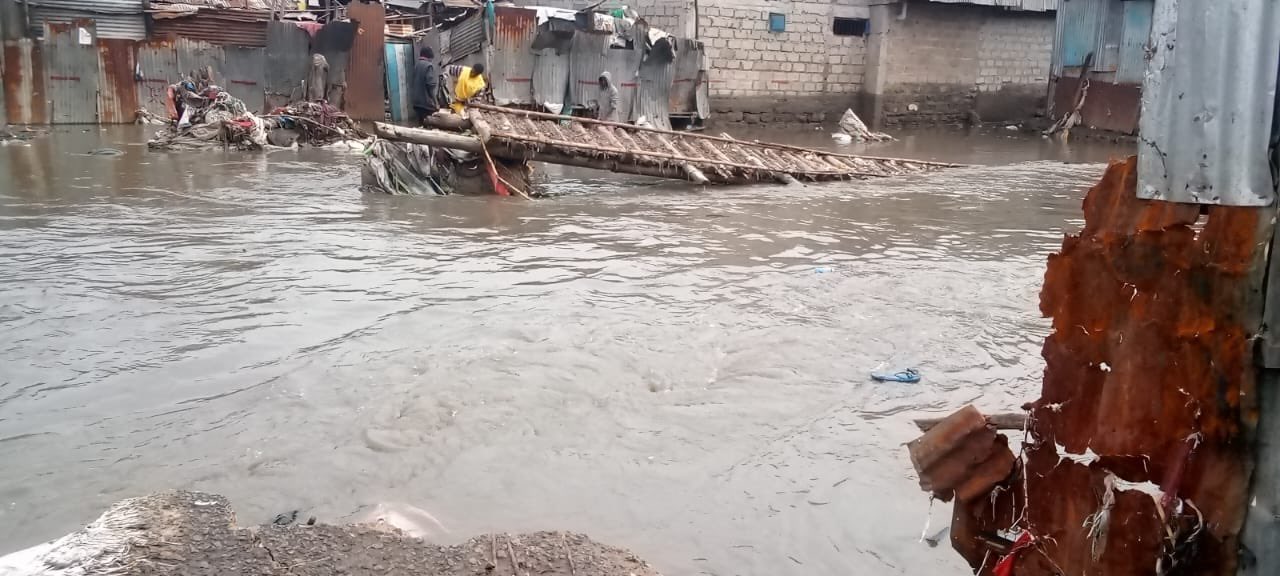
El Nino rains bring new life, challenges to Kenya’s dry regions » Capital News
NAIROBI, June 23 (Xinhua) — A rabble of butterflies hop from one plant to another, seemingly spoiled for choice as they enjoy themselves in Torosei, a vast arid area in Kajiado County, south of the Kenyan capital of Nairobi.
Months ago, they were nowhere to be found in the area, as it was scorched dry and most of the plants and trees withered due to a prolonged drought.
The recent two seasons of heavy rains in Kenya, linked to the El Nino phenomenon, however, have brought life to Torosei, with insects such as butterflies and bees making a return as various plants thrive. This is one of the surprises of the effects of climate change, which is seeing Kenya’s arid areas have their vegetation regenerated to attract various wildlife following heavy rains.
The change of fortunes in Torosei mirrors what is happening in the other parts of the East African country’s drylands. Kenya’s arid regions have received heavy rains in the last two seasons (October to December 2023 and March to May 2024), which followed the worst drought in 40 years. Kenya has 23 arid and semi-arid lands (ASAL) spread across the country, including Kajiado. The rains were heavier than in other parts of the country, with residents in the arid areas suffering severe flooding.
“Enhanced rainfall received in April led to extreme weather events in most ASAL counties. The rains were characterized by extreme wet conditions and floods in low-lying zones in counties like Garissa, Tana River, Kitui, Marsabit, Isiolo, Samburu, Makueni, and Kajiado,” the National Drought Management Authority (NDMA) noted in its April report. About a month after the rainy season ended, however, residents of the arid areas are enjoying the positive effects of the rains, which include groundwater recharge and vegetation regeneration.
“There is new life in this area,” David Nkoriompai, a resident of Torosei, said in a recent interview. “The vegetation is green, and apart from the acacia, new plants have sprung up because of the rains,” he added.
In addition to butterflies, other insects that thrive in arid areas following the rains are beetles, moths, ants, and crickets. “Hares and dik-diks have also become common because they have something to eat. During the drought last year, you could hardly see them,” Nkoriompai said.
With the regeneration of vegetation, Torosei, which neighbors Amboseli National Park, one of Kenya’s largest game parks, has witnessed less human-wildlife conflict as the animals have food within the facility.
According to the Kenya Wildlife Service, a government agency mandated to protect wildlife, the park hosts leopards, cheetahs, wild dogs, buffalos, elephants, giraffes, zebras, lions, crocodiles, mongooses, hyraxes, dik-diks, kudus, and porcupines. Before the heavy rains, residents of Torosei, as in other arid areas, suffered water shortages due to prolonged drought, with boreholes in the area drying up. The rains, however, have recharged the groundwater, enabling residents to get plenty of water and saving women the arduous task of looking for it from seasonal rivers. “Water is not a problem anymore,” said Mary Teyiaa, a resident. Most residents in arid areas depend on livestock for their livelihood. Therefore, as the grass has regenerated following the rains, residents are happy as they no longer have to trek for miles in search of pasture.
The NDMA noted in its report that livestock production has received a boost in the 23 ASAL counties, as evidenced by “the good body conditions of animals and increasing milk production levels driven by shorter trekking distances to water sources and grazing areas.”
Even as the arid areas are green, the downside of the rains is evident in the regions. The heavy surface water flow caused not only floods but also deep gullies, rills, cavities, and erosion.
